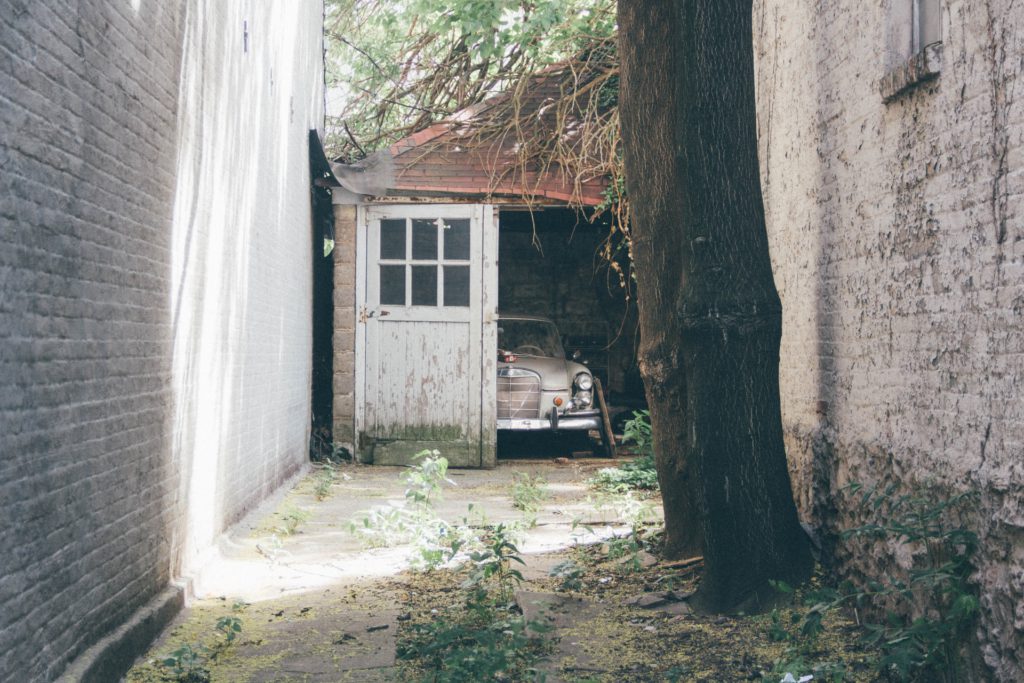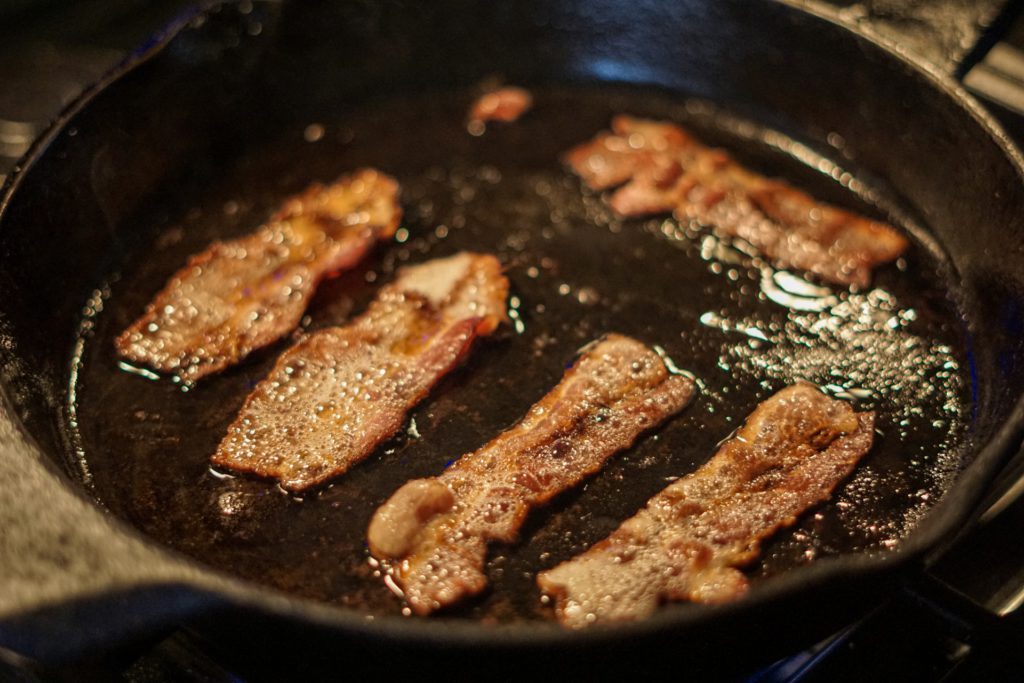Here’s a wild fact: sewerage providers in Queensland deal with 4,000 plumbing blockages in the sewage network every year.
Want to know more?
These blockages are often caused by products such as wet wipes and other items that shouldn’t be flushed. When these combine with grease they form ‘fatbergs’, huge congealed masses that are messy and very costly to remove.
As well as helping to reduce congestion in the wider drainage system, being more aware of what you put in your own drains can help to prevent them getting clogged up. Well maintained pipes and wastewater systems are essential for the smooth running of your household but when they become blocked they can cause considerable damage to your home, garden and neighbouring area.
So, whether you are building a property from scratch, hoping to move house or simply taking care of your current home, it’s important to look out for any issues with all areas of your home’s plumbing system and see that they are promptly dealt with to avoid a plumbing blockage, damage or disruption.
1. Repair the wastewater pipes in your home
As well as wet wipes and other unflushable products, wastewater pipes and drains are commonly blocked by tree roots or overloaded with excess stormwater during periods of heavy rain. The flooding and pooling of water created by stormwater can cause considerable damage to your own property and that of your neighbours, if left unchecked.
If water overflow is visible beyond the boundary of your home, it is likely that the local water authority will be responsible for any plumbing blockage in the area. However, you will be responsible for your own wastewater pipes up to the point where they connect to the wider drainage network.
While you may be able to clear a simple blockage yourself, more severely damaged or blocked pipes may need relining in order to restore their functionality. If this is the case, you will need to call a licensed plumber to inspect your pipes, locate the plumbing blockage and make any necessary repairs.
2. Remove invasive tree roots from drains

Tree roots are a common cause of blocked drains and flooding and, once they have entered the drainage system, tree roots can grow to an enormous size. During warmer summer months, tiny roots can easily find a way into drainage and stormwater pipes and, as they grow larger, can cause severe cracks in the pipes or crush them completely.
As the first sign of tree roots in the drain system can be excessive flooding, making regular inspections is important to prevent roots taking hold in the first place. This can also be avoided by thinking carefully about planting around the property, in order to position plants that tend to grow vigorously well away from drains.
Even before buying a property, a surveyor might recommend a specialist drain survey, especially if there are established large trees or shrubs already close to pipework. For inaccessible areas, small cameras are useful for detecting roots before they grow too big.
While expert care will be needed to remove very large roots, and repair or reline damaged pipes, regularly using high pressure water jets can blast away smaller roots and other debris and may keep drains clear of potential infestations.
3. Dispose of fats and grease responsibly

High pressure jets can also be used for drains and pipes that have become blocked with grease or fat. When disposed of incorrectly, cooking fat and oils not only line pipes with their residue but can become congealed with other materials such as wipes to form fatbergs in sewage systems.
While it may seem like an easy solution when clearing up the kitchen, cooking oil should never be poured down the sink as once it cools in the drainage system it will solidify causing a blockage. Instead, it should be left to cool and thrown away in a food bin to be recycled or sealed in a container and placed into a general waste bin.
If you have accidentally poured fat or cooking oil down the sink, immediately pouring hot water after it can help to melt it and move it along the pipe. Hot water mixed with vinegar makes a natural cleaner which will help to clear greasy residue from the inside of pipes. That’s a good way to prevent a plumbing blockage.
4. Dealing with harmful sewage overflows
The sewage system of your home is used to remove wastewater from the property. A blocked sewage system can be particularly dangerous as sewage contains harmful bacteria and viruses which can lead to gastroenteritis and other illnesses.
When dealing with any sort of sewage overflow, it is vital to wear gloves, goggles and other protective clothing in order to avoid becoming contaminated. Anywhere that has been touched by the wastewater must be thoroughly cleaned and disinfected. This can be done with a mixture of bleach and water used to clean inside or outside your home.
If your home is one of the roughly 1.4 million Australian properties that uses a secondary wastewater system in the form of a septic tank, ensure that the tank is regularly inspected by a licensed contractor to check for plumbing blockages or early signs of damage. Where sewage has overflowed, they can also unblock the tank by pumping out any silt and debris.
5. Identifying a potential plumbing blockage at the inspection
When you are buying a new home, one of the main things you’ll want to investigate is the condition of the pipes, plumbing and sewage system. An official plumbing inspection is a vital element of a home inspection report as it will identify any potential plumbing blockage in pipework and drains, saving you money in the long run and putting your mind at rest before moving in.
An inspection will involve examining the water supply in kitchens, bathrooms and any other rooms where water is used as well as the drainage, sewage and outdoor water system. As well as relying on an official home inspection report, there are some simple checks you can yourself make when viewing a property.
Turning on the taps to see how fast the water flows will help you to assess the water pressure. If you hear rattling when the taps are turned on this could be as a result of water hammering, loose pipes or worn out washers, all of which will need to be fixed to prevent noise and any further damage.
6. Replacing pipes in an older house

If you are viewing an older property, it is likely that it still has pipes made of galvanised steel cast iron or lead. Metal pipes were commonly used because of their durability, but they also have a tendency to rust and become corroded over time.
Corrosion can be caused by the temperature, acidity or hardness of water and can lead to pipes becoming blocked with sediment. This can then affect your water pressure, as the build up inside the pipes hampers the flow of water.
If you need to replace the pipes in your plumbing system, copper is traditionally the most widely used material as it is resistant to corrosion and has antimicrobial properties. Alternatively, plastic pipes of various compositions are also anti-corrosive as well as being lightweight and easy to fit.
7. Installing pipes and plumbing in a new build
When you’re installing plumbing in a new home, a detailed plan will ensure pipes are fitted correctly and that the system will be sufficient to meet the household’s needs. This will help to avoid any potential problems including blockages in the future.
You’ll also need to ensure the plan meets local plumbing codes and regulations, which outline the technical requirements for designing and installing plumbing and drainage systems in a new property.
In addition, with a new build you have the opportunity to minimise the potential damage caused by stormwater and instead use it as a valuable resource and save on water bills. By managing and collecting stormwater, you can then use it for watering the garden or washing the car, jobs that don’t require high quality water.
When you are planning the outside areas of your home, you can apply the principles of water-sensitive urban design which minimises the amount of hard surfaces in order to allow stormwater to be absorbed into the ground. Where hard surfaces are required for paths and driveways, permeable paving, a porous material that allows stormwater to flow through it, can be used as an alternative to asphalt or stone.
So…
Blocked pipes, drains and sewers can cause considerable damage to a home, garden and its neighbouring properties. They can also be costly to fix. By ensuring your home’s plumbing system is well maintained, and kept clear of potentially destructive items, a plumbing blockage can be minimised and kept under control.
Regular inspections of your current home’s plumbing system, and a thorough home inspection when buying a new property, can reveal any problems before they cause any disruption. In a new home, having a detailed plan for your planning system and ensuring that it is installed correctly will prevent problems in the future and keep your household running smoothly.
Keep yourself updated with useful tips like these by getting registered on Soho. Not only are we finding you your dream home, but we’re also helping you save for it and decorate it! So don’t forget to swipe on your property matches so we can get you there faster.














